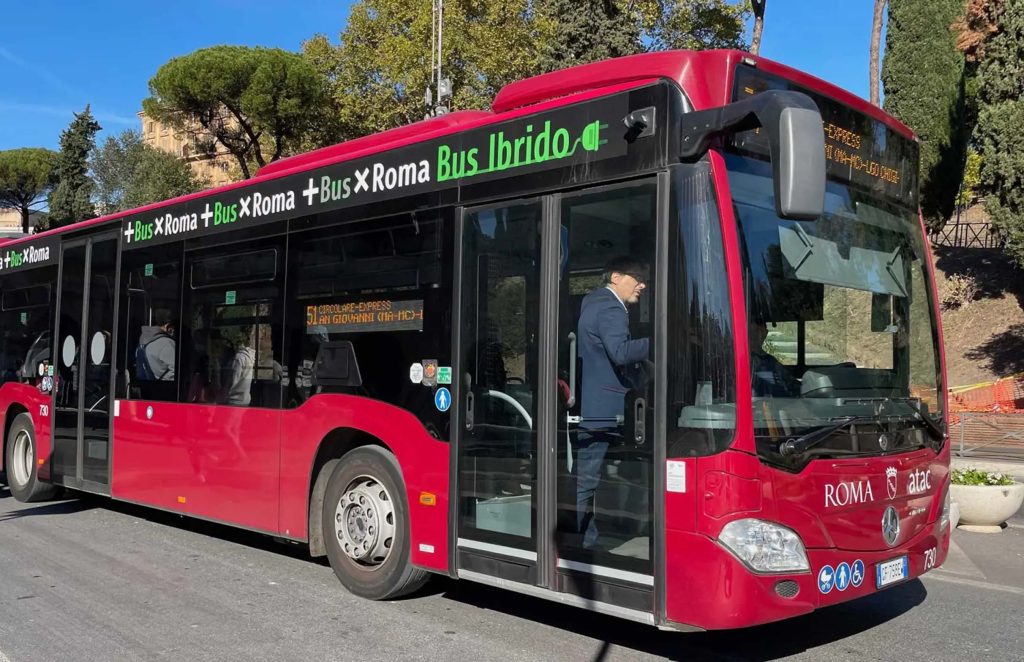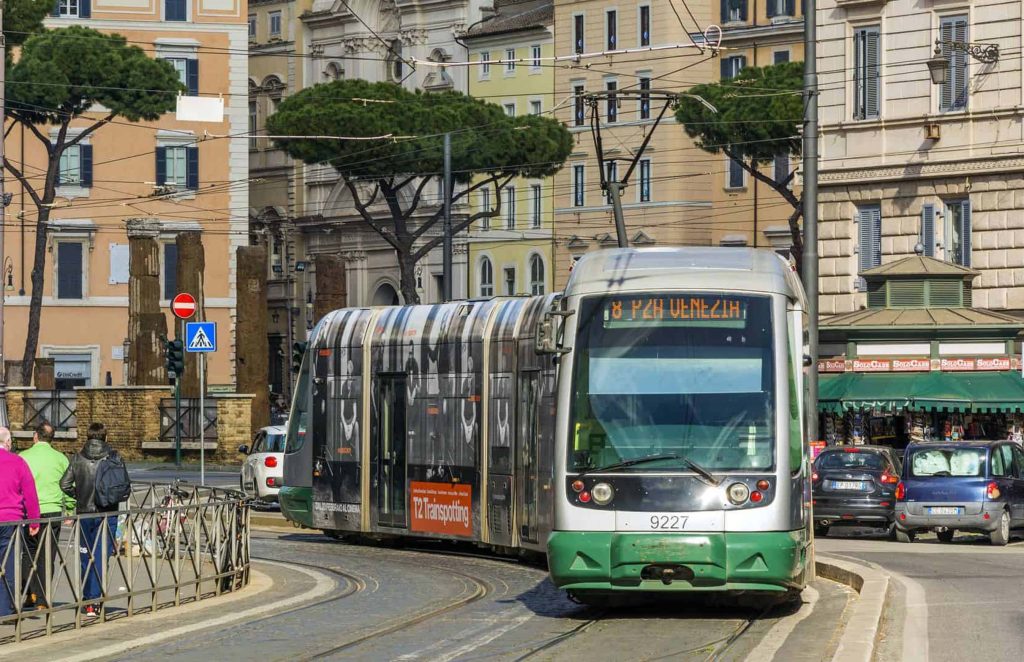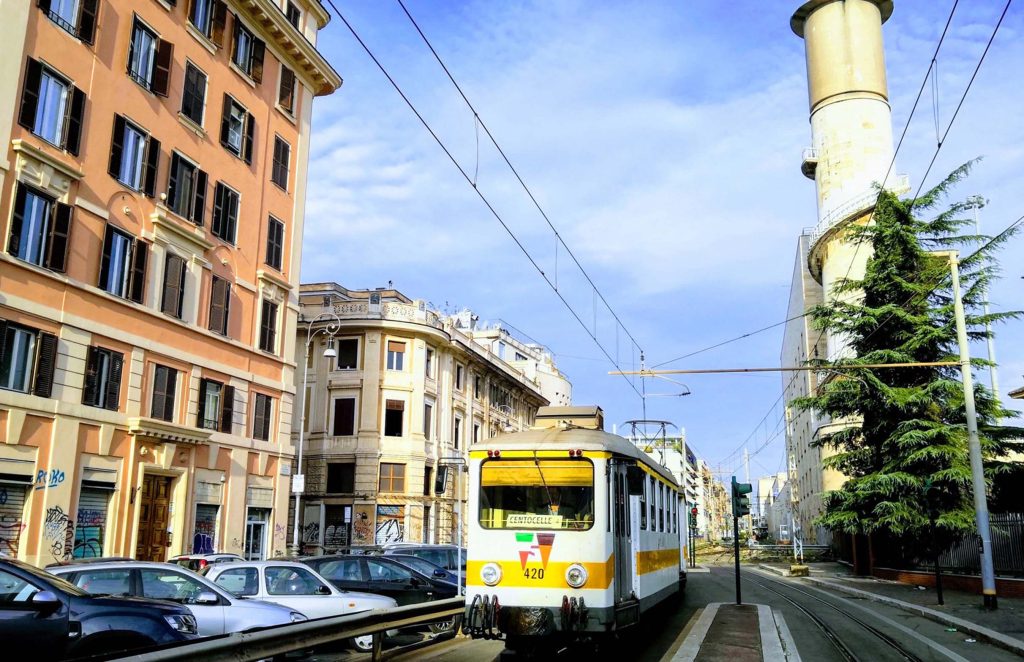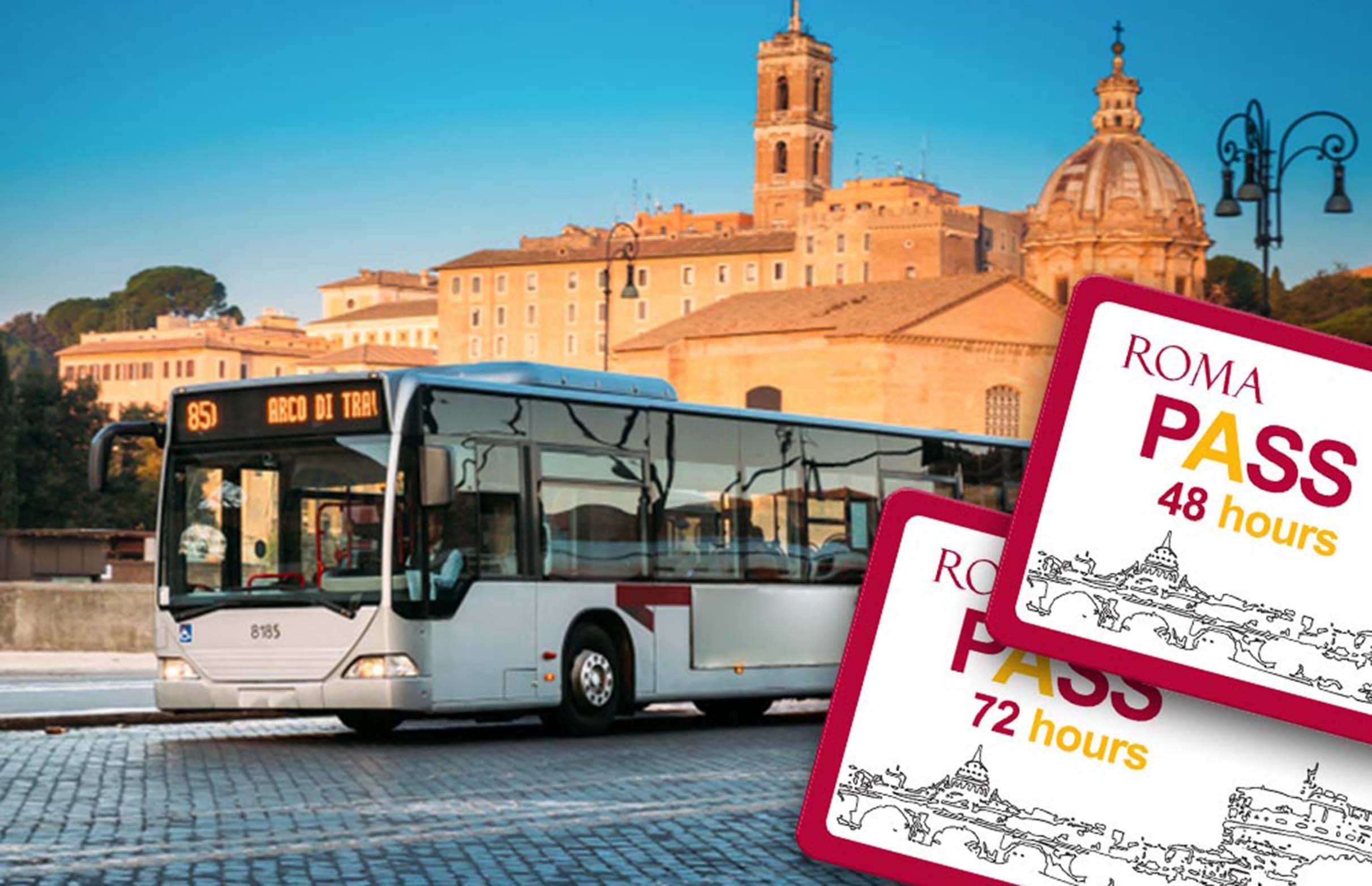Rome, the Eternal City, is a place where history, culture, and modern life seamlessly blend together. I have had the pleasure of navigating Rome’s charming, yet bustling streets, and one thing I quickly learned was the importance of mastering its public transportation system. While walking through the city is an experience in itself, with cobblestone streets and hidden gems around every corner, sometimes you need to hop on a bus, metro, tram, or even a regional train to make the most of your trip.
Rome’s public transportation network is extensive, reliable, and can save you both time and energy, especially if you’re trying to cover the city’s many attractions. From the Colosseum to the Vatican, efficient transportation is essential. In this guide, I’ll take you through the ins and outs of getting around Rome, covering everything from how to use the public transport system, where to buy tickets, and the most useful tips for navigating Rome like a local.

Types of Public Transportation in Rome
Rome’s public transportation system is operated by ATAC, which includes buses, trams, metro lines, and urban trains. Here’s an overview of each:
1. Metro
Rome’s metro system might not be as vast as other European cities, but it’s highly efficient. With three lines (A, B, and C), it connects some of the city’s major landmarks:
- Line A (Red Line) runs from the northwest to the southeast, connecting key stops like Termini Station, Piazza di Spagna (Spanish Steps), and Vatican City.
- Line B (Blue Line) stretches from the north to the south, stopping at attractions like the Colosseum and Circus Maximus.
- Line C (Green Line) is still under construction but currently serves parts of eastern Rome.
While the metro doesn’t reach every corner of Rome, it’s great for covering long distances quickly, especially if you’re moving between the center and more peripheral areas.
2. Bus
Buses are the backbone of Rome’s transportation system, reaching places the metro doesn’t cover. The ATAC bus network operates over 350 lines, making buses a great option if you want to explore neighborhoods like Trastevere or venture off the beaten path.
Rome’s buses can be an adventure in themselves! They range from standard buses to electric buses and night buses that run when the metro closes. A few routes to note:
- Bus 64: Popular with tourists, this bus connects Termini Station to the Vatican, passing by some of Rome’s iconic landmarks.
- Bus 40: An express service that also goes between Termini and the Vatican, but with fewer stops.
3. Tram
Though not as extensive as the bus network, Rome’s tram system provides an alternative way to navigate some parts of the city. Trams are more comfortable and less crowded than buses during peak hours. The most useful lines for tourists include:

- Tram 8: Connects Piazza Venezia to Trastevere.
- Tram 19: Runs from Villa Borghese to the Vatican area, passing through northern Rome.
4. Urban Trains (Trenino)
Rome also has a network of urban trains that connect more suburban and regional areas. These are particularly useful if you’re heading to attractions outside the city center, like Ostia Antica or the Appian Way.
- FL1: Connects Fiumicino Airport to central and southern Rome.
- FL3: Takes you from Roma Tiburtina to the more suburban areas, including places like Viterbo.
How to Buy Tickets
Tickets for Rome’s public transportation system are unified, which means the same ticket can be used for the metro, buses, trams, and trains within the city’s urban area. Here are your options:
1. BIT (Integrated Time Ticket)
The basic ticket costs €1.50 and is valid for 100 minutes from the moment of validation. With this ticket, you can:
- Take one metro ride.
- Take unlimited bus, tram, or urban train rides within the 100-minute period.
- Use it for transfers between buses or from bus to tram.
2. Roma 24H, 48H, and 72H Tickets
If you’re planning on using public transport frequently, consider purchasing a Roma 24H, 48H, or 72H ticket. These tickets offer unlimited travel within their respective time periods.
- 24H Ticket: €7.00
- 48H Ticket: €12.50
- 72H Ticket: €18.00
These are perfect for travelers who will be hopping between attractions over the course of a day or more.
3. CIS (Weekly Ticket)
For longer stays, the CIS (Carta Integrata Settimanale) ticket provides unlimited travel for 7 days at a cost of €24.00. This is a great option if you’re staying in Rome for an extended period and plan on using public transport regularly.
4. Where to Buy Tickets
You can purchase tickets from:
- Ticket machines at metro stations.
- Tabacchi shops (marked by a blue or black “T” sign).
- Newsstands or ATAC kiosks.
- Some bus stops have vending machines as well.
Pro Tip: Make sure to validate your ticket before boarding by stamping it in the validation machine at the entrance of the metro or on the bus. Failure to do so can result in a hefty fine.
Tips for Using Public Transport in Rome
Using public transport in Rome can be straightforward, but it’s important to keep a few tips in mind to ensure you have a smooth experience.

1. Download a Transport App
Rome’s public transportation network can be confusing at first, especially if you’re not familiar with Italian. I recommend downloading an app like Moovit or Google Maps, which provide real-time information on public transport routes, schedules, and stops. These apps are invaluable for planning your journey and will save you from getting lost.
2. Avoid Peak Hours
Like most major cities, Rome’s public transport can get incredibly crowded during peak hours, typically between 7:30 AM – 9:30 AM and 5:00 PM – 7:00 PM. If possible, try to avoid using buses and the metro during these times, as the crush of commuters can be overwhelming.
3. Be Aware of Pickpockets
Rome, like many popular tourist destinations, has its share of pickpockets, particularly in crowded buses and metro stations. Keep your belongings secure, and avoid carrying valuables in easily accessible places. Personally, I always wear a small crossbody bag and keep it in front of me, especially when the metro is crowded.
4. Check the Last Metro Times
The metro in Rome operates until around 11:30 PM on weekdays and 1:30 AM on Fridays and Saturdays. If you’re planning a late night out, make sure to check the time of the last metro or prepare to take a night bus or taxi back to your accommodation.
Best Routes for Sightseeing
Public transport is not just for getting around—it’s also an excellent way to sightsee. Here are a few of my favorite public transport routes for seeing some of Rome’s top attractions:
1. Bus 64: The Vatican Route
If you’re staying near Termini Station, the number 64 bus is a fantastic way to get to the Vatican. Though it can be crowded, it passes through the city center, giving you a glimpse of sights like Piazza Venezia, Via Nazionale, and Castel Sant’Angelo before reaching St. Peter’s Basilica.
2. Metro Line A: Historical Rome
Metro Line A is perfect for covering the city’s historical sites. Stops like Barberini will drop you right in front of the Trevi Fountain, while Spagna is your gateway to the Spanish Steps. The Vatican Museums are just a short walk from Ottaviano station.
3. Tram 8: Exploring Trastevere
Tram 8 takes you from Piazza Venezia through the lively Trastevere neighborhood. This tram is a perfect way to explore one of Rome’s most authentic areas, known for its bohemian atmosphere and incredible food scene.
Public Transport to Rome’s Major Airports
If you’re flying into or out of Rome, there are several options for getting to the city’s two major airports: Fiumicino Airport (Leonardo da Vinci Airport) and Ciampino Airport.
1. Fiumicino Airport (Leonardo da Vinci Airport)
- Leonardo Express: The Leonardo Express is a direct train from Roma Termini to Fiumicino, departing every 15-30 minutes. It takes about 32 minutes and costs €14.00. It’s the fastest and most comfortable way to get to the airport.
- Regional Train (FL1): A cheaper alternative is the FL1 regional train, which connects Fiumicino with several Rome stations, including Trastevere and Roma Tiburtina. It costs €8.00.
2. Ciampino Airport
- Bus + Metro: The most budget-friendly way to get to Ciampino is by taking a bus from Anagnina metro station (Line A) to the airport. The bus costs around €1.20, and the metro ticket from central Rome to Anagnina is €1.50.
- Direct Bus: Several companies offer direct bus services from Roma Termini to Ciampino for around €5.00.
Navigating Rome’s public transportation system may seem daunting at first, but with a bit of planning, it can greatly enhance your trip. Whether you’re hopping on the metro to the Colosseum or taking a bus to explore the hidden corners of Trastevere, Rome’s public transport is a convenient and cost-effective way to get around.



